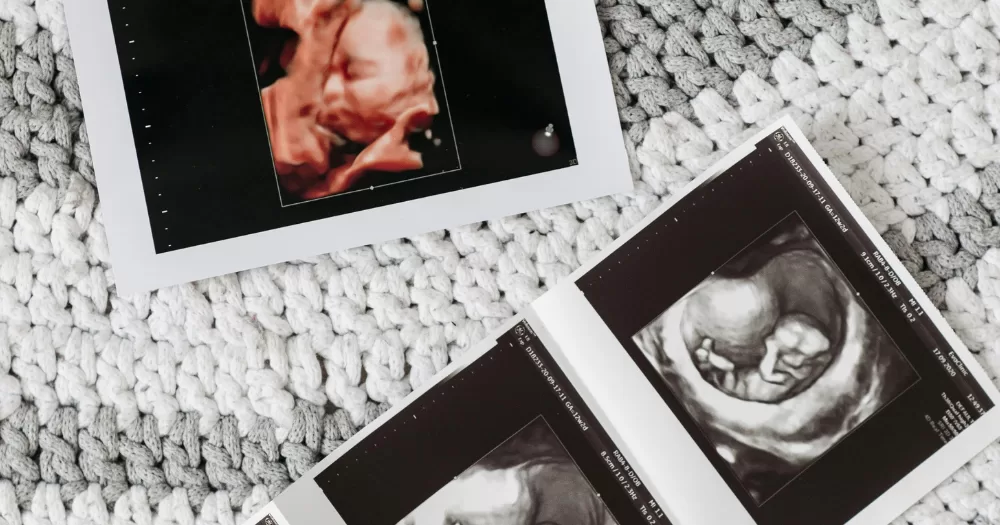For generations, queer people dreaming of parenthood have often faced limited options, from adoption to donor insemination to surrogacy. But a major scientific breakthrough in the United States could radically change that future. A research team at Oregon Health & Science University (OHSU) has, for the first time, created early-stage human embryos using egg cells generated from human skin, offering same-sex couples the possibility of children who share DNA related to both parents.
By reprogramming skin cells into eggs and then fertilising them with sperm, scientists demonstrated a method that could one day allow two people of the same sex to share a direct DNA link with their child. This innovative use of DNA from skin cells could revolutionise family planning.
At present, queer family-building often relies on third parties. Lesbian couples typically use a sperm donor, while gay men may turn to surrogacy with either a donor egg or one partner’s sperm. While these pathways remain important, they don’t provide the opportunity for both partners to be equally represented in their child’s DNA. The OHSU team’s breakthrough has the potential to rewrite that story using skin-derived cells.
Professor Shoukhrat Mitalipov, a leading figure in embryonic cell and gene therapy, said: “We achieved something that was thought to be impossible. Eventually, I think that’s where the future will go.”
The science works by taking the nucleus of a skin cell, which carries an individual’s full genetic code, and placing it into a donor egg stripped of its own DNA. Researchers then coaxed this egg into behaving like one produced naturally, enabling fertilisation with sperm. In essence, they manipulate DNA within skin cells to create viable eggs.
The technique, however, is still in its infancy. So far, the embryos created have only developed for six days, and the success rate remains low at around 9%. Researchers also need to address challenges such as ensuring the correct distribution of chromosomes. Experts estimate it will take at least a decade of further study before clinical trials could even be considered.
Still, the implications are profound. Beyond same-sex couples, the method could support people who cannot produce viable eggs or sperm due to age, illness, or medical treatment. For the LGBTQ+ community, it represents not just a technical breakthrough but a symbolic one, affirming that queer families deserve the same opportunities for genetic connection as anyone else. This DNA breakthrough involving skin cells is a testament to that potential.
As Professor Paula Amato of OHSU put it: “In addition to offering hope for millions of people with infertility, this method would allow same-sex couples the chance to have a child genetically related to both partners.”
Did you know we have a team of wonderful runners taking part in this year’s Dublin Marathon and raising funds for GCN? You can support our athletes at this link.
© 2025 GCN (Gay Community News). All rights reserved.
Support GCN
GCN is a free, vital resource for Ireland’s LGBTQ+ community since 1988.
GCN is a trading name of National LGBT Federation CLG, a registered charity - Charity Number: 20034580.
GCN relies on the generous support of the community and allies to sustain the crucial work that we do. Producing GCN is costly, and, in an industry which has been hugely impacted by rising costs, we need your support to help sustain and grow this vital resource.
Supporting GCN for as little as €1.99 per month will help us continue our work as Ireland’s free, independent LGBTQ+ media.

comments. Please sign in to comment.